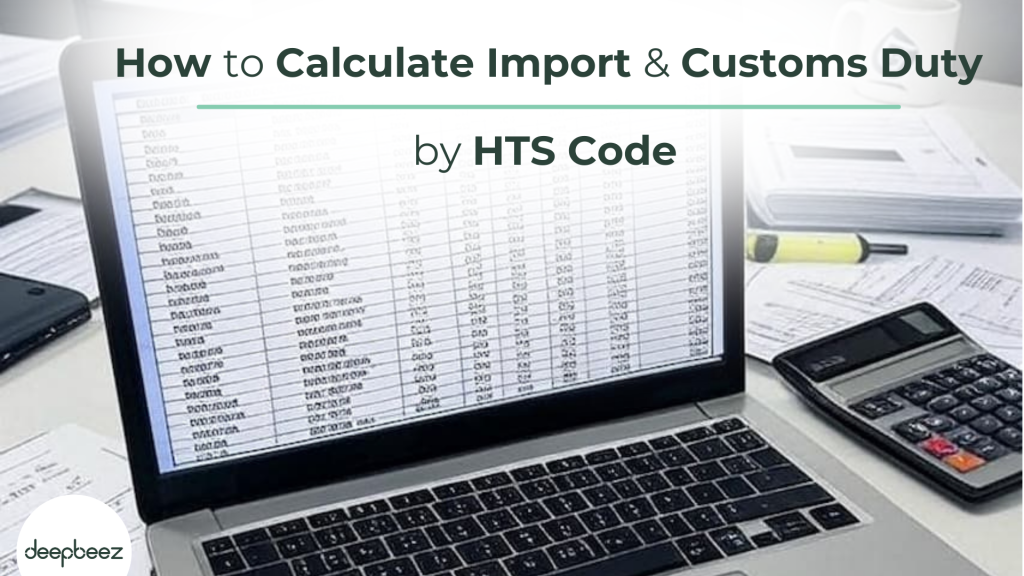If you’re like most of us selling on Shopify or Amazon, or working in the import/export world, you’ve probably experienced that sinking feeling when you realize your product’s HTS code classification was wrong – and now you’re staring at unexpected customs fees that just wiped out your profit margin for the entire month! How can you calculate import and custom duty now? That’s why yo need to find the most correct HTS code for shipment to avoid penalties and delays at customs.
Whether you’re trying to figure out if your phone case is classified as “protective equipment” or “plastic goods,” or you’re dealing with that multi-functional product that seems to fit three different categories, we’re constantly playing detective with tariff codes that feel like they were written in another century. After choosing one of the America’s top import, you need to calculate all duties and tariffs too.
Add in the fact that trade rules keep changing, and what worked perfectly for your last shipment might suddenly be non-compliant, and you start to understand why so many of us feel like we’re walking through a minefield every time we import products.
